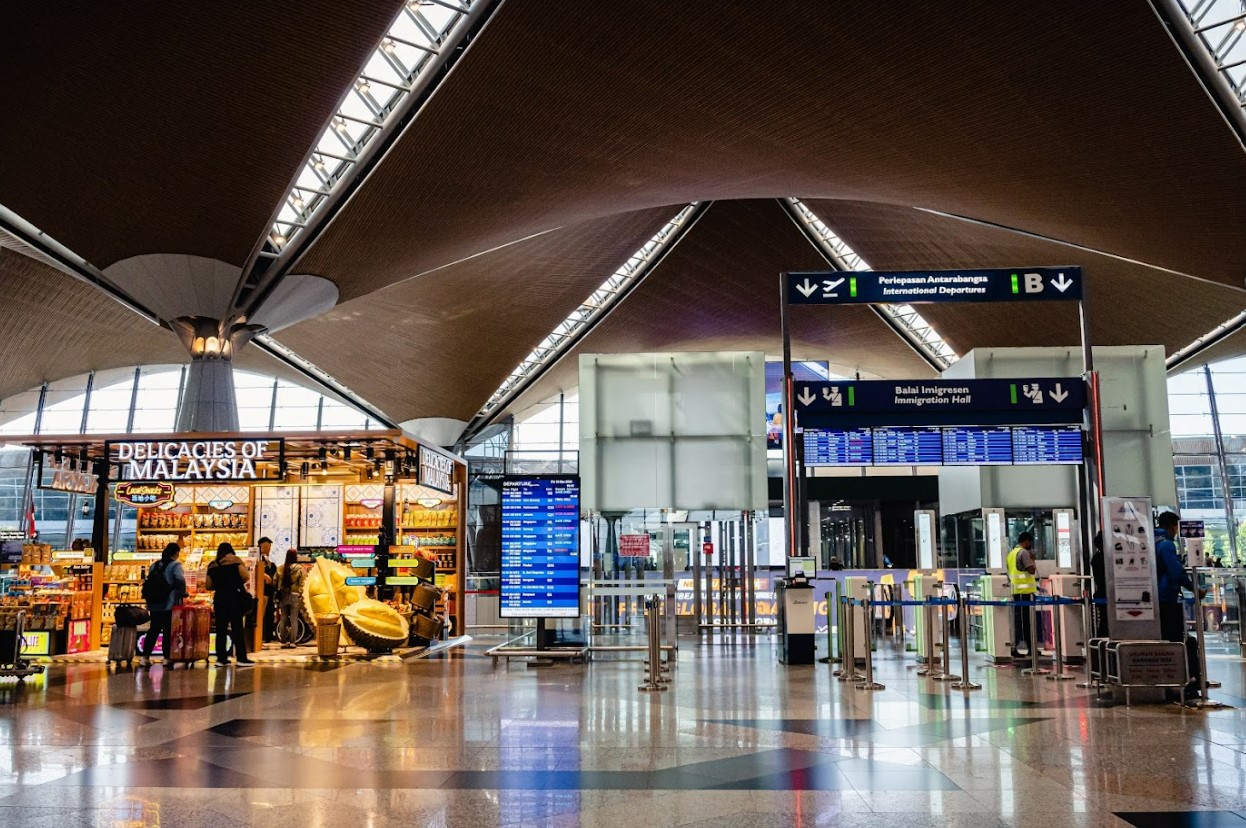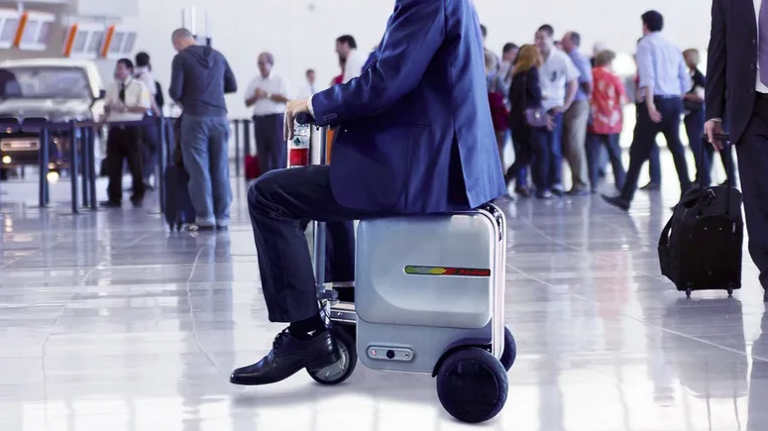
CAAM should focus on processes and procedures instead of issuing a rambling “Safety Information”
By YS Chan

ON Nov 15, the Civil Aviation Authority of Malaysia (CAAM) issued a “Safety Information” to raise awareness among airlines, ground handling service providers and passengers regarding the use of “smart baggage” as a mode of transportation in the airport, particularly on the apron.
“Smart baggage” are suitcases installed with electric batteries and motors to allow users to ride on them and are often referred to as “smart ride-on luggage”.
The apron is for aircraft to park, load and unload passengers, mail or cargo and to refuel, replenish and carry out maintenance.
CAAM wishes to inform airport personnel and passengers that rideable smart baggage is not allowed beyond terminal concourses and waiting zones and their use is prohibited at the apron. As a safety precaution, power must be deactivated upon entering the apron.
Ground personnel are to report immediately any instance of rideable smart baggage use on the apron.
Ground handling service providers must ensure that their workers are aware of the proper procedures for loading, storing, and transporting smart baggage that contains lithium batteries.
The ‘Safety Information’ recommends that passengers be educated through ticketing information, placing visible signages, and making timely announcements at the airport to inform and remind passengers that riding smart baggage is strictly prohibited on the apron.
Finally, CAAM CEO Datuk Captain Norazman Mahmud acknowledged that smart baggage offers convenience to passengers, but its use must be strictly prohibited in restricted areas, and speed limits be set at permitted zones.
CAAM ought to be lauded for issuing a lengthy “Safety measures for the use of smart baggage” although I find the measures inadequate as they lacked what I advocated more than eight years ago as published under “Rideable luggage set to be a hit” by a now-defunct news website.
I wrote that over the past decades, I had often asked passengers jokingly whether their suitcases came with an engine. In 2016, a Chicago start-up Modobag developed and sold rideable suitcases at US$995 each.

(Image: MSN)
It had a small motor, lithium ion battery, telescoping handlebars, throttle and brake, with maximum speed exceeding 12kph. But they would not be allowed on board commercial airlines, just like hoverboards, because of the lithium battery which can catch fire.
I pointed out that this obstacle can easily be overcome with shops near the departure and arrival gates of the airports buying and selling used batteries at reasonable prices for rideable suitcases and hoverboards, which gained popularity during the same period along with electric scooters.
These personal mobility devices, less batteries, are lighter and perfectly safe to bring on board an aircraft. Later in 2015 at the Land Transport Symposium, I called for the use of personal mobility devices to bridge the gap in first and last-mile connectivity when using public transport.
Research and developments over the years have made lithium batteries much safer and can therefore be transported in civilian flights. However, all rideable luggage must be checked in and not hand-carried. This will prevent passengers from using them inside the airport or apron.
This can be effectively enforced upon entering any departure hall where all passengers and their luggage are scanned before being allowed to pass through by the police.
This is the most crucial point as all instructions and reminders to passengers and airport personnel are secondary.
There is no need to issue a rambling “Safety Information” that only very few passengers will bother to read or adhere to. Instead, CAAM should focus and use a fine-tooth comb on the processes and procedures concerning the safety and security of our airports and civil aviation. – Nov 21, 2024
YS Chan is master trainer for Mesra Malaysia and Travel and Tours Enhancement Course and an Asean Tourism Master Trainer. He is also a tourism and transport business consultant.
It had a small motor, lithium ion battery, telescoping handlebars, throttle and brake, with maximum speed exceeding 12kph. But they would not be allowed on board commercial airlines, just like hoverboards, because of the lithium battery which can catch fire.
I pointed out that this obstacle can easily be overcome with shops near the departure and arrival gates of the airports buying and selling used batteries at reasonable prices for rideable suitcases and hoverboards, which gained popularity during the same period along with electric scooters.
These personal mobility devices, less batteries, are lighter and perfectly safe to bring on board an aircraft. Later in 2015 at the Land Transport Symposium, I called for the use of personal mobility devices to bridge the gap in first and last-mile connectivity when using public transport.
Research and developments over the years have made lithium batteries much safer and can therefore be transported in civilian flights. However, all rideable luggage must be checked in and not hand-carried. This will prevent passengers from using them inside the airport or apron.
This can be effectively enforced upon entering any departure hall where all passengers and their luggage are scanned before being allowed to pass through by the police.
This is the most crucial point as all instructions and reminders to passengers and airport personnel are secondary.
There is no need to issue a rambling “Safety Information” that only very few passengers will bother to read or adhere to. Instead, CAAM should focus and use a fine-tooth comb on the processes and procedures concerning the safety and security of our airports and civil aviation. – Nov 21, 2024
YS Chan is master trainer for Mesra Malaysia and Travel and Tours Enhancement Course and an Asean Tourism Master Trainer. He is also a tourism and transport business consultant.
No comments:
Post a Comment